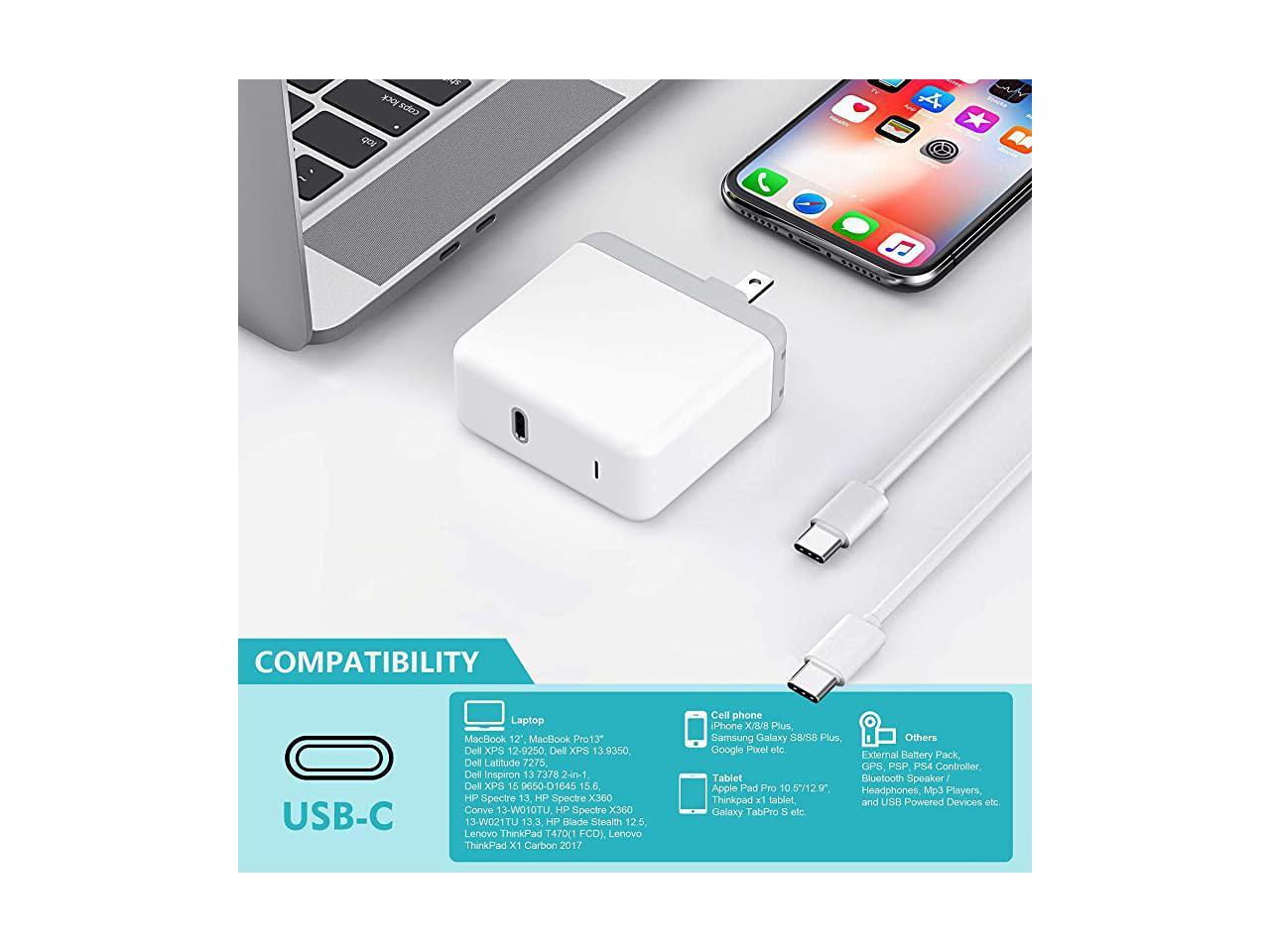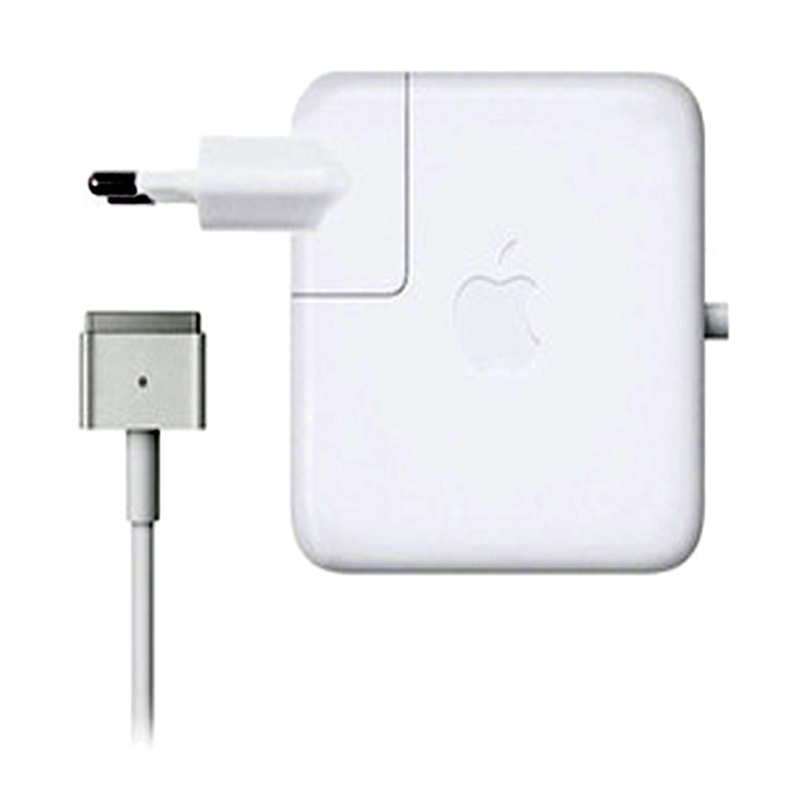

Some heavy programs with very dense menus might spill over, and if you’re a power user with a lot of apps that have their own icons or readouts, you might find that there just isn’t enough lateral room for everything. The screen is large enough that most programs will show their menus on the left, leaving the system status icons on the right. The screen effectively continues “behind” the notch, and your trackpad cursor will pass through it rather than acting as though there’s an edge, even if you’re dragging something. That means the screen has actually been extended upwards to fill the space around the webcam the notch doesn’t encroach on any space there was before.Īpple has moved the macOS menu bar into this space, now splitting it into left and right sections.


The resolution is now 3024×1964 (or 3456×2234 on the 16-inch model) which is exactly 74 pixels taller than a true 16:10 aspect ratio. Here’s how it works: First of all, the screen is taller than before.
Macbook air 13 inch charger wattage how to#
The company has also thought about how to mitigate this. It’s surprising that Apple has chosen to bring this look to its laptops even though they don’t support Face ID (iPad Pros with Face ID have so far escaped, but thick borders are necessary on a handheld device).Įven Apple seems to understand that notches are distracting and unattractive – the default macOS wallpaper is strategically dark at the top to help mask the notch. Nearly every smartphone manufacturer copied Apple’s iPhone X notch when it first came out, and now there isn’t a single one left shipping phones like this – they’ve all moved on to camera holes or much smaller incursions, while even the latest iPhones with their relatively chunky Face ID camera and IR projector array now look a bit dated. MacOS recognises lots of multi-finger gestures which work fluidly and soon become second nature. Tap-to-click is disabled by default and so is hold-to-drag (which is now in the accessibility settings) for some reason. It works well, but feels fatiguing after a while since it’s the pad of your finger that absorbs the pressure, not any mechanism. You can even vary pressure to “force click”, which shows contextual information or triggers actions, such as being able to rename a file in the Finder. Overall though, typing is comfortable and even pleasant.Īpple has also shipped solid-state trackpads for several years now – there’s no physical clicking mechanism but pushing down generates a force-feedback haptic vibration that feels remarkably lifelike. The arrow keys are a bit cramped as well. The Fn row shortcuts have been rearranged – there’s no backlight level adjustment shortcut anymore which is annoying, and it’s too easy to unintentionally pull up the new emoji picker by tapping the Fn key. The key action is a bit crisp, but comfortable.
Macbook air 13 inch charger wattage pro#
The butterfly keyboard disaster is behind us now, and the new 2021 MacBook Pro is quite pleasant to type on. It wasn’t a bad idea, but having it in place of physical Fn keys rather than above them was a mistake, and now power users can have their familiar tactile controls back. Apple never did manage to make this catch on, especially since it was limited only to MacBook Pros and could never have been implemented on Apple’s battery-powered desktop keyboards. The touch bar across the top is entirely gone now – sorry, Jonny Ive. The entire keybed is now black, which makes for a striking look. You’ll also still need dongles or a hub for Ethernet and USB Type-A.Īpple has transplanted its new external Magic Keyboard onto the MacBook Pro, so you get exactly the same layout. Although it’s great to have more ports for flexibility, HDMI 2.1 and SD Express would have been better choices for future-proofing. It’s almost surprising that Apple retained the 3.5mm jack, having ditched it even on iPads now. You’ll now also find three Thunderbolt 4 ports (one fewer than before) that support charging, DisplayPort video, and USB4 an HDMI 2.0 video output an SDXC card slot and a 3.5mm audio jack.


 0 kommentar(er)
0 kommentar(er)
